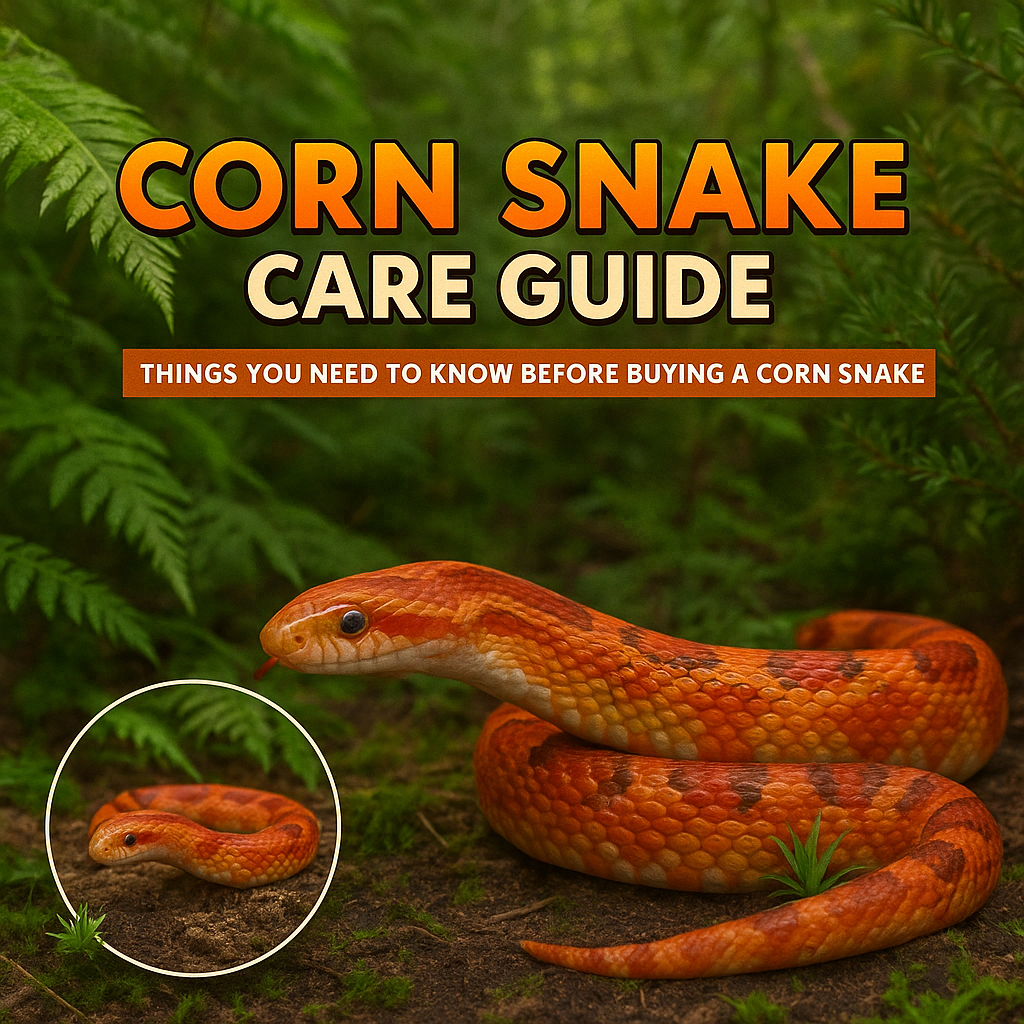
Corn Snake Care Guide
Share
Natural Habitat
Corn snakes are native to the southeastern United States, where they live in fields, forests, grasslands, and near farms. They’re excellent climbers and often hide in logs, burrows, or under loose bark.
Beginner or Advanced: BEGINNER
Corn snakes are considered one of the best beginner snakes. They’re hardy, easy to handle, and generally very docile.
Size & Lifespan
• Size:3–5 ft on average (some up to 6 ft)
• Lifespan:15–20 years in captivity
Enclosure Setup
Tank size:
• Juvenile: 20-gallon long
• Adult: 40-gallon breeder minimum (bigger is better)
• Substrate:Aspen shavings, cypress mulch, paper towels, or bioactive mixes
• Hides:Minimum of 2 (warm side & cool side)
• Decor:Branches, fake plants, climbing options, and a water dish large enough to soak in
Heat, Humidity & Lighting
• Warm side:85–88°F
• Cool side:75–80°F
• Ambient:~78–82°F
• Night temp:Can dip to 70–72°F safely
• Humidity:40–60% (slightly higher during shedding)
• Lighting:UVB not required, but a day/night cycle is helpful
Diet
Corn snakes are strict carnivores.
• Food:Frozen/thawed rodents (mice or rats depending on age/size)
Feeding schedule:
• Juveniles: every 5–7 days
• Adults: every 7–10 days
• Prey size: No larger than 1.5x the snake’s widest point
Vitamins & Minerals
Like ball pythons, corn snakes do not need supplements if fed whole rodents.
Handling & Temperament
Corn snakes are very tame and easy to handle.
• Support their body fully
• Avoid handling during shed or right after feeding
• Most corn snakes tolerate frequent handling and can even be active explorers outside the enclosure
